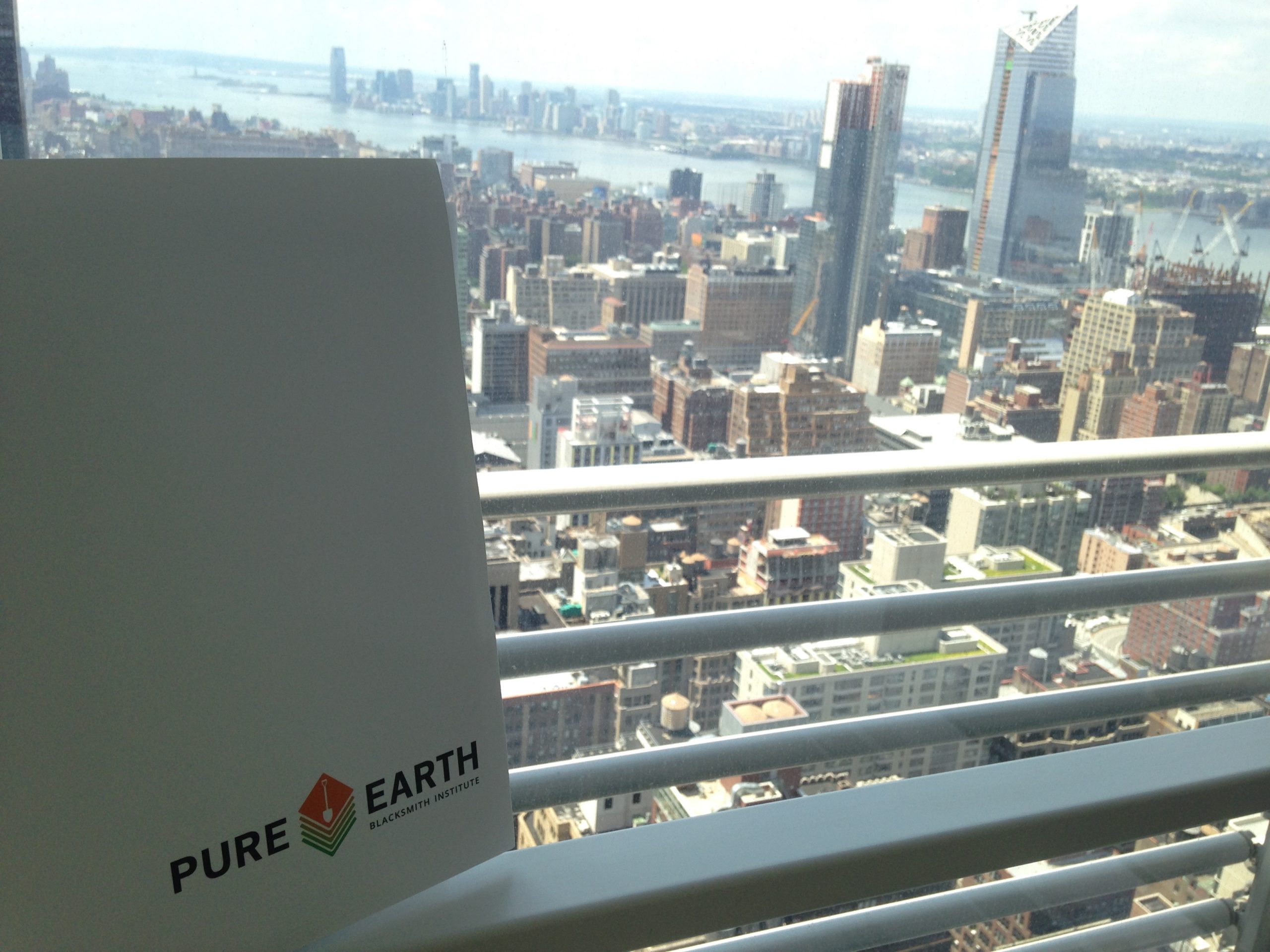
Dirty Talk With A View
For our latest Dirty Talk (Pure Earth’s awareness-raising lunchtime series), we brought experts to the New York Times building to talk about pollution in Latin America.
The event attracted a full house and boasted some of the best views in New York City, thanks to our host Covington & Burling. (See more photos)
How Big Is The Pollution Problem In Latin America?
Sandra Gualtero, Pure Earth’s Latin America Regional Director, presented an overview of the number of polluted sites Pure Earth has assessed and evaluated in Latin America under the global Toxic Sites Identification Program (TSIP). The figure so far: 578 hotspots in countries including Mexico, Peru, Bolivia, Colombia, Uruguay, Chile, Argentina, Brazil, and others.
Single Largest Public Health Issue In The World
Like the rest of the world, Latin America has a variety of pollution problems, but it includes what Pure Earth president Richard Fuller told the Dirty Talk audience could be the “single largest public health issue in the world, in terms of the number of people affected.”
That issue is leaded pottery.
For instance, in Mexico, millions of men, women and children are exposed to toxic lead from the use of leaded pottery that are traditionally made with toxic lead glazes, and used in many homes and restaurant across the country.
For the past seven years, Pure Earth has been working with the Mexican government to help tackle the nationwide issue. Sandra offered an update about our pilot project in the state of Morelos that we hope to replicate across Mexico.
Barro Aprobado
She spoke about our continuing efforts to persuade traditional potters to switch to a lead-free glaze, and summarized our work in educating the Mexican public and reaching out to restaurants through our Barro Aprobado program and the Barro Aprobado lead-free certification seal.
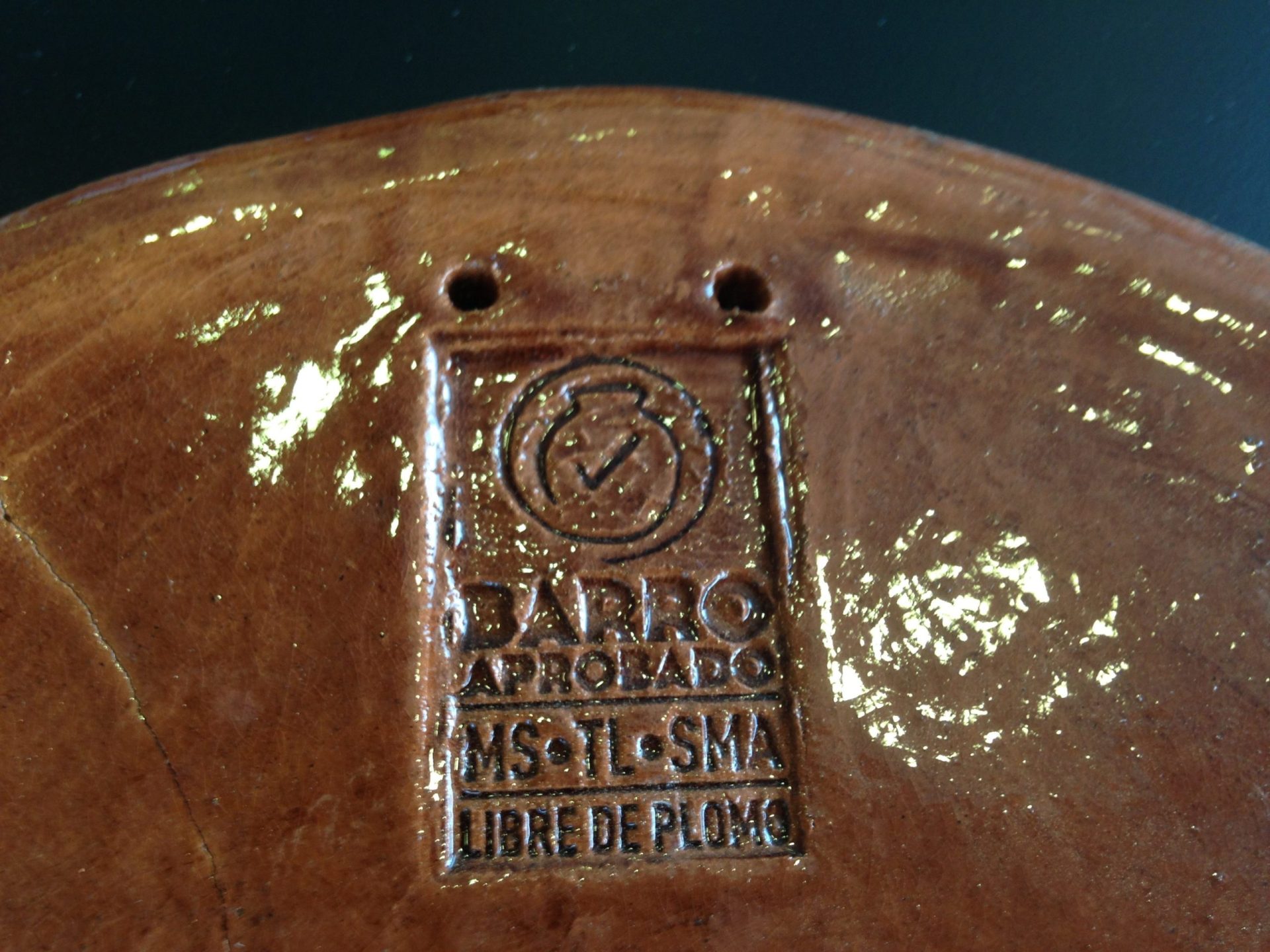
Newborn Screenings
Sandra also highlighted our blood screenings to identify newborns for lead poisoning, conducted in partnership with the National Institute of Public Health in Mexico (INSP), the Mexican Institute of Social Security (IMSS) and the Health Secretary of the State of Morelos across public hospitals in the state of Morelos.
The study, she pointed out to the Dirty Talk audience, is significant because the results reveal that lead poisoning identified in newborns tested can be attributed solely to lead-glazed pottery used by the baby’s family to cook and serve their meals, everyday.
[Photo Essay: Mexico–Changing A Beautiful, Yet Toxic, Tradition]
At Risk In The U.S.?
So should we be concerned about this here in the U.S.? This was one of the questions raised during Dirty Talk. At the event, lead test kit were distributed to anyone interested in checking if they have leaded pottery in their homes.
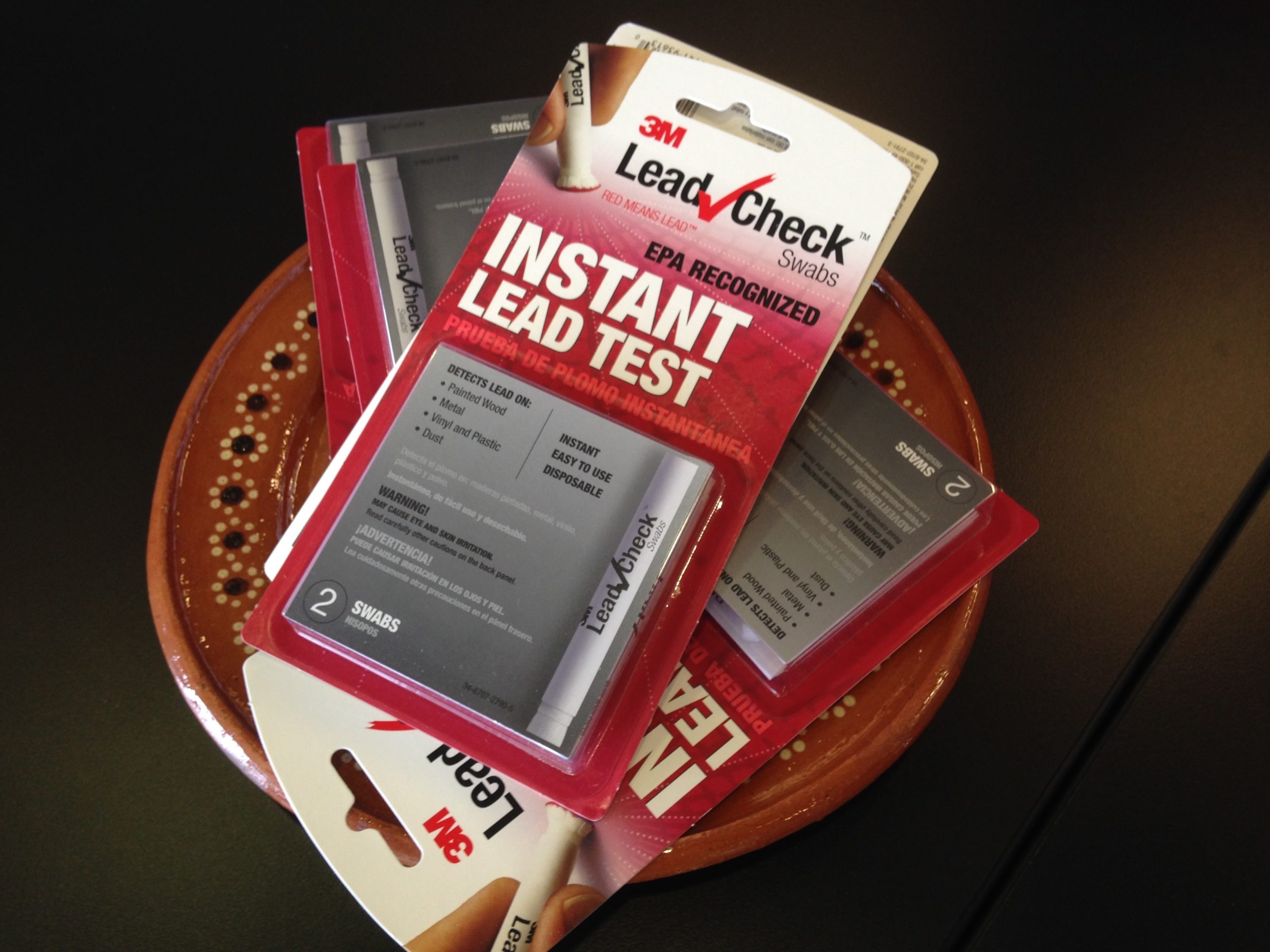
While the U.S. has laws regulating lead in dishware (which is why you sometimes see items in stores labeled “Not for Food Use,”), it does not mean the absence of leaded pottery being used for food in this country. If you are concerned about pieces you may have at home, for example pottery brought back from a vacation, test them using a lead check kit.
We also fielded concerns about leaded pottery from other countries. (While some pottery from countries like France and Turkey do use lead glazes, those are generally safe because of the high firing temperature used in those countries.)
South-South Model: From The Philippines To Latin America
In addition to lead in pottery, another big pollution problem in Latin America is mercury poisoning from artisanal and small-scale gold mining.
Sandra shared updates about Pure Earth’s current projects in Peru and Bolivia, implemented in partnership with organizations such as Fundacion Plagbol in Bolivia and CREEH (Center for Research in Environmental Health) in Peru.
In a South-South model, Pure Earth has been bringing Filipino miners to Latin America to test and teach a century-old, traditional method of mercury-free gold mining rediscovered in the Philippines.
[In Photos: Teaching Artisanal Gold Miners To Extract Gold Without Mercury]
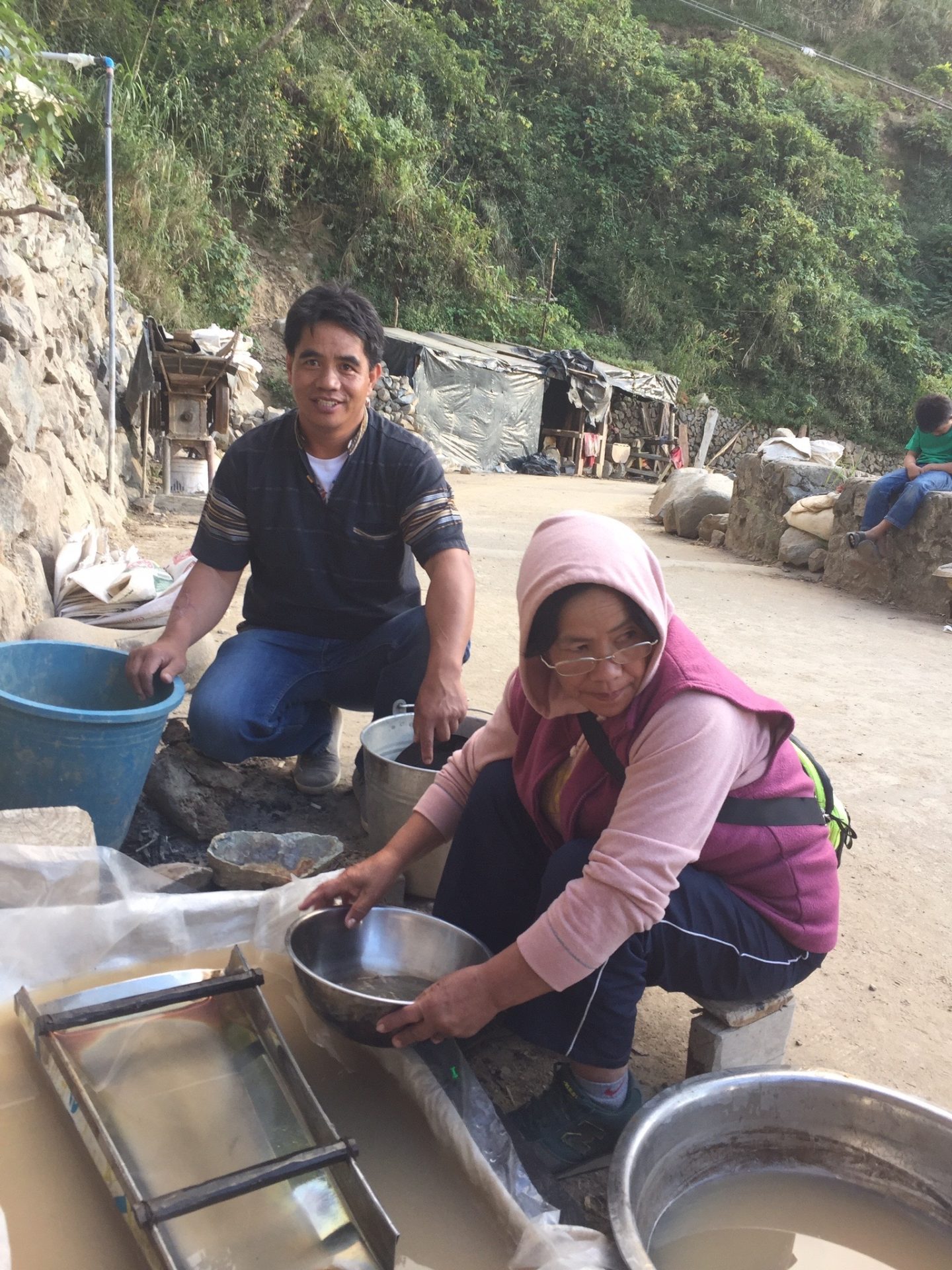
Pollution and Zika
One new issue to emerge from the discussion at Dirty Talk was the potential link between pollution and Zika.
Our featured speaker, Dr. Luz Claudio, chief of the Division of International Health, Department of Preventive Medicine at the Icahn Mount Sinai School of Medicine, noted that the problem of pesticide pollution in Latin America, particularly in Brazil, is especially pressing now because of efforts to combat Zika.
She showed the audience images (see below) of farmers using pesticides without any protective gear. In another photograph, a farmer has a respirator on, but not the person with whom he is chatting. This uneven usage of protective gear, she explains, points to the lack of understanding of the dangers of pesticides. Not only are workers at risk, but also their families, as they track the pesticides from work into their home.
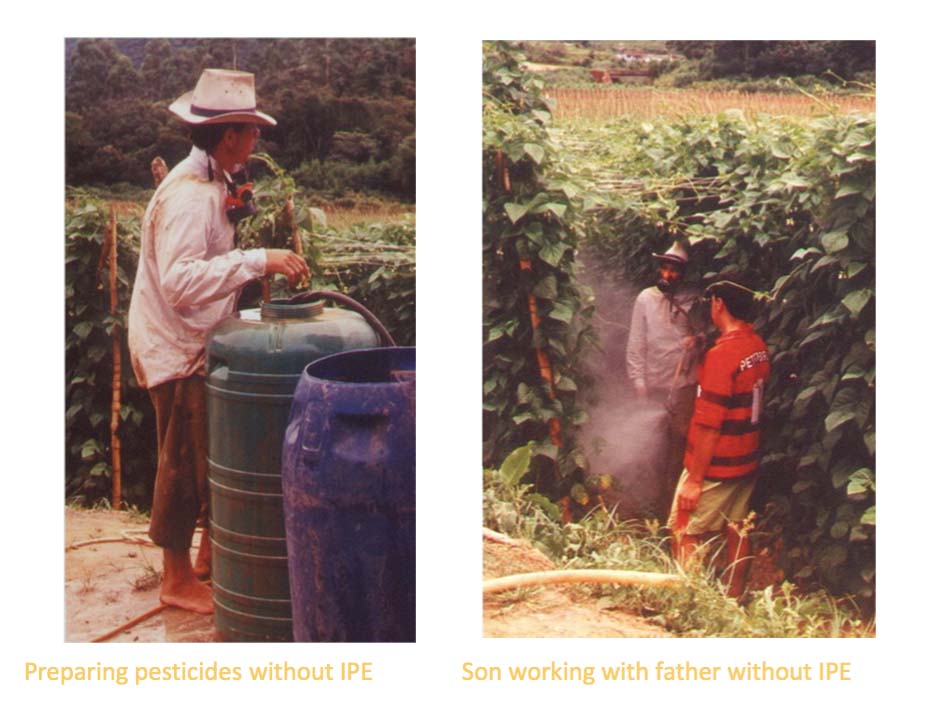
Dr. Claudio’s observations are backed up by a recent article, “The Developing World Is Awash In Pesticides,” which reported that Brazil is the developing world’s largest user of pesticides.
According to the U.N.’s Food and Agriculture Organization, Bangladesh and Thailand have quadrupled their pesticide use since the early 1990s, while Ghana, Ethiopia and Burkina Faso have seen a 10-fold increase over the same period.
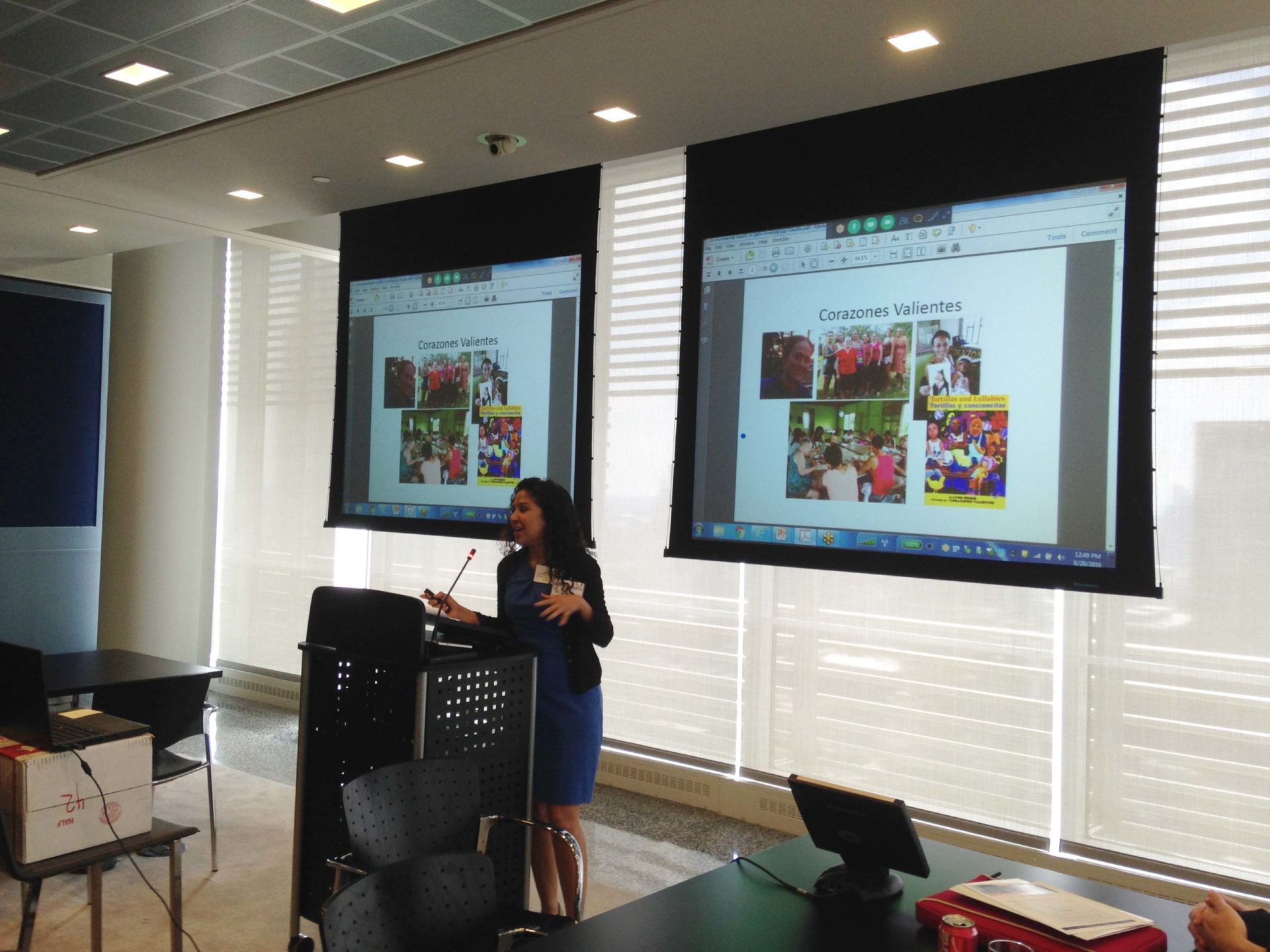
Pure Earth has identified pesticides as a top six toxic threat.
But it should be noted that the bulk of Pure Earth’s work is not with pesticides in use, but rather dealing with obsolete pesticides that are currently being stored worldwide, often in unstable, precarious conditions. Latin America alone holds over 11 million tonnes of obsolete pesticides.
Dr. Claudio also offered insights into her work on air pollution and asthma, and stressed the importance of working with affected communities, and sharing expertise internationally. After all, pollution is global. One way she has been doing this is through an annual fellowship program that brings 35 students a year to Latin America for research training.
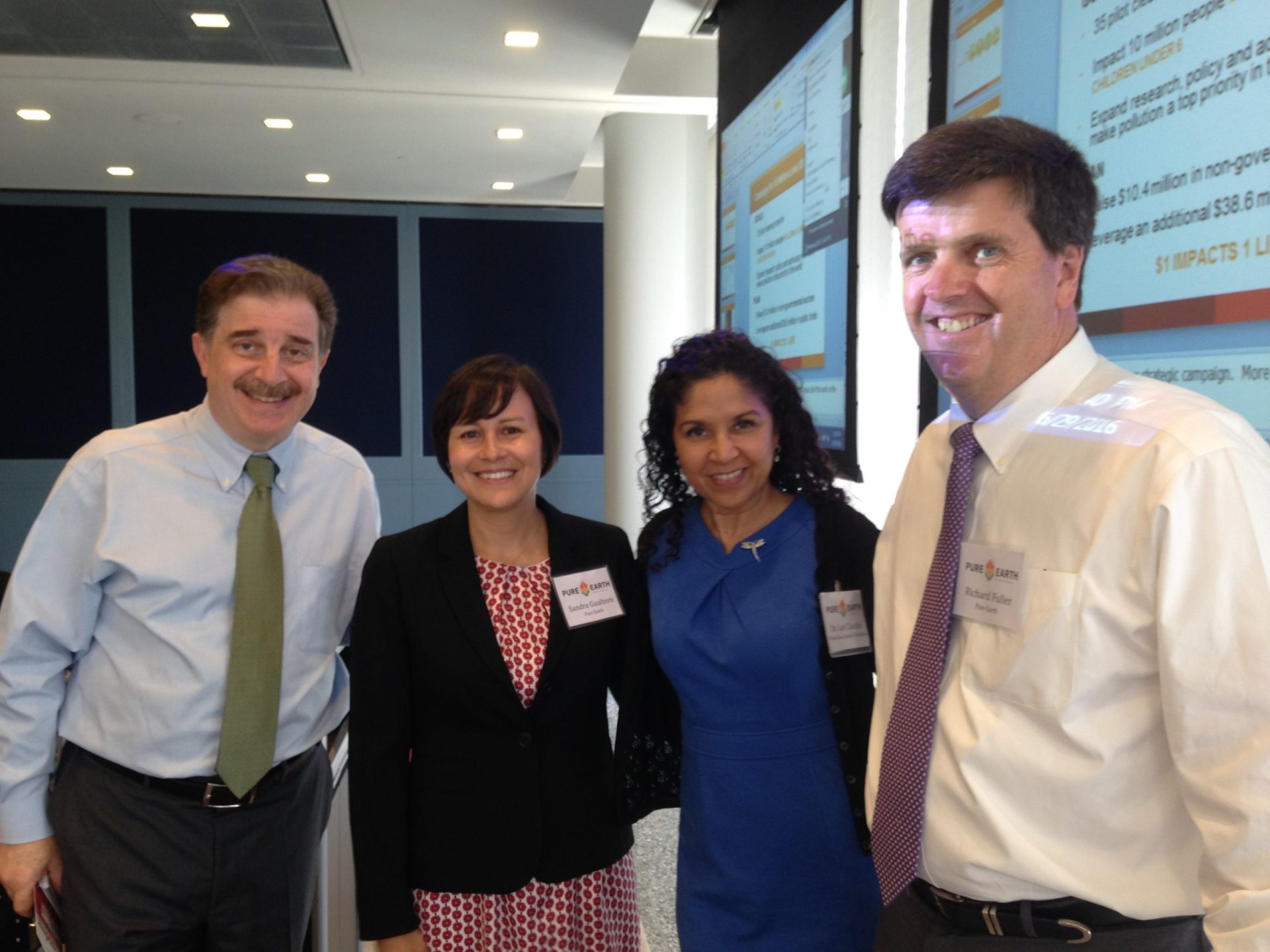
Our work in Latin America would not be possible without the generous funding from supporters including UNIDO, the World Bank, the European Commission, and the U.S. Department of State, and developed in partnership with organizations such as Instituto Nacional de Salud Publica in Mexico, Instituto Mexicano de Seguro Social (IMSS), Morelos Secretaria de Salud, Fundacion Plagbol in Bolivia, CREEH (Center for Research in Environmental Health) in Peru, Ministerio del Ambiente (Peru)
New Research on Lead in Latin America
In other news, the Pure Earth research team published a new paper focusing on lead poisoning in Latin America. The paper–Burden of disease resulting from lead exposure at toxic waste sites in Argentina, Mexico and Uruguay–was published in the peer-reviewed Environmental Health.



